
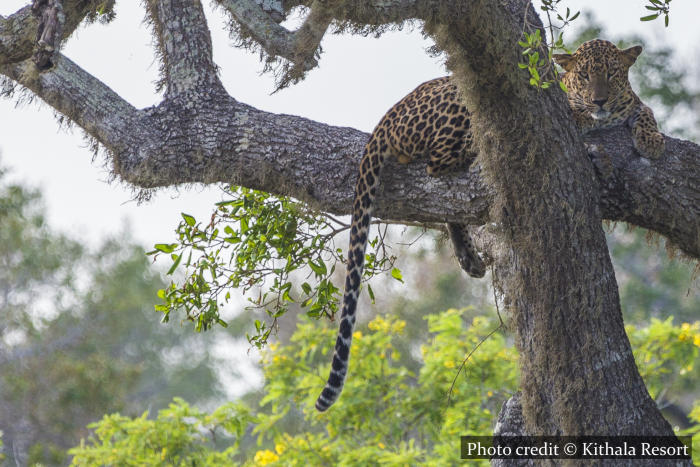



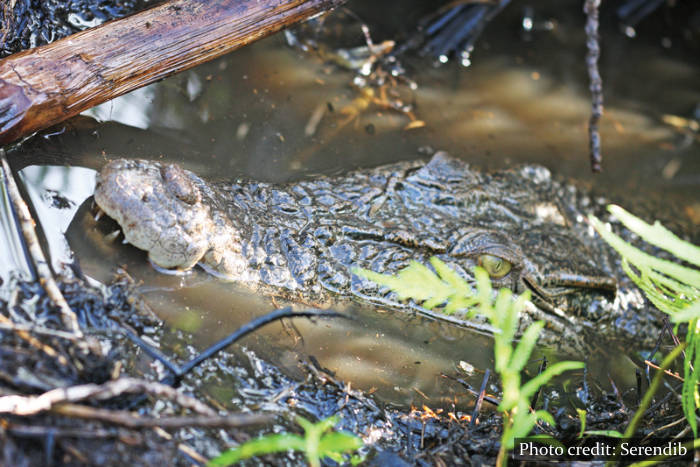

intro
If you are already located near Yala National Park, this morning safari tour can be started . Best time to start is early morning. From Tissa and Kataragama, it takes about half an hour to reach the park entrance. If you in Thissamaharama area your easiest entrance is Palatupana entrance.
At early morning, depending on the vehicle queue, you will have to wait to buy your tickets at the entrance. Your driver will buy them for you. Early morning wind could be very chilling, so take a light cardigan with you.
On Google Map, you could clearly see the route to destination, local excursions and tourist interests. To have a clear view click " ![]() " and then un-click "
" and then un-click " ![]() " irrelevant layers.
" irrelevant layers.
Facts Corner 1
Opening Time : 0600 - 1800
Mid-day closed : 1200 - 1400
Closed during : 1 Sep - 15 Oct (usually)
Entry points :
Gate I - Katagamuwa
Gate II - Palatupana
Recent reviews
-
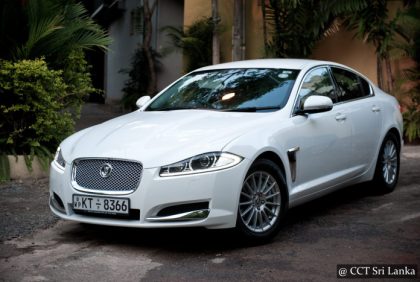 Reserve Your Vehicle with a Driver
Rated 5 out of 5by Steve
Reserve Your Vehicle with a Driver
Rated 5 out of 5by Steve -
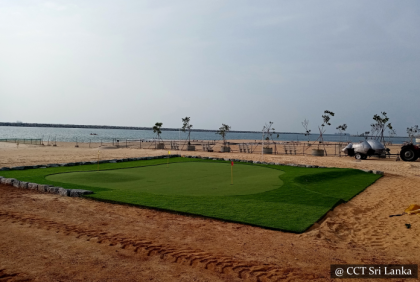 Colombo Port City - Golf Drive Range
Rated 5 out of 5by Chandula Wanasinghe
Colombo Port City - Golf Drive Range
Rated 5 out of 5by Chandula Wanasinghe -
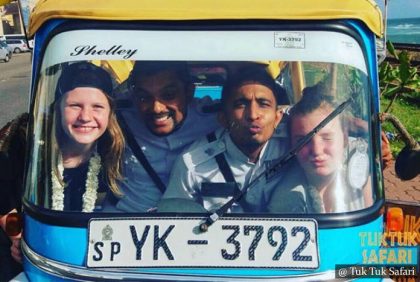 Reserve a Tuk Tuks - Unlimited Kms
Rated 5 out of 5by Thomas Ask
Reserve a Tuk Tuks - Unlimited Kms
Rated 5 out of 5by Thomas Ask -
 British Sergeant - Scuba Dive Site - Pasikuda
Rated 5 out of 5by Olivenzo
British Sergeant - Scuba Dive Site - Pasikuda
Rated 5 out of 5by Olivenzo -
 Nil Diya Pokuna Caving - For Foreign Visitors
Rated 5 out of 5by Anuj gunasena
Nil Diya Pokuna Caving - For Foreign Visitors
Rated 5 out of 5by Anuj gunasena -
 Skydiving - Sri Lanka
Rated 5 out of 5by Veno
Skydiving - Sri Lanka
Rated 5 out of 5by Veno -
 Reserve Your Vehicle with a Driver
Rated 5 out of 5by Elvina
Reserve Your Vehicle with a Driver
Rated 5 out of 5by Elvina -
 Snorkeling With Whales
Rated 5 out of 5by Elvina
Snorkeling With Whales
Rated 5 out of 5by Elvina
About this Safari
Best season : Jan - Mar & May - Aug
Available : Daily
Arranging time needed : 1 day
Hottest month : April & May
Best time to start : Early morning & late afternoon
Starting point : Thissamaharama (Thissa) / Kataragama
Starting time : 5.15 AM / 1.15 PM
Park entry point : Palatupana, Gate II
Safaring time : 4 - 4.30 hrs
Restrictions : Do not leave plastics behind / Please do not feed animals.
Price includes : Safari jeep / Trakker (most likly the jeep driver) / Bottled water / First aid kit / All Gov taxes
Child price : Aged 6 - 12 is considered a child / Aged 0 - 6 is free of charge
Optional : A well-spoken local animal expert could be arranged with an additional fee.
You may bring : Cardigan for morning breeze / Hat and sun glass / Sun cream / Camera / Binocular
Feedback us : Our drivers and service providers are advised not to promote any other activities or nudging you for shopping. Please leave your feedback on Google.
We love holiday planning!
Yala National Park
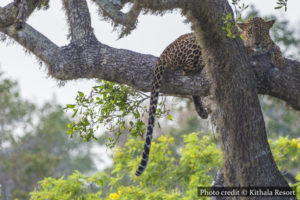
This park is the second largest after Wilpattu national park and it is the most visited park in the island. Situated in the corner of the southeast the park is divided to 5 blocks.
The Block 1 & II are the main areas open for visitors.
Topographically the park area is flat. But as it distances from the sea level it mildly rises to about 100–125 meters within the deep interior of park.
Water is abundant after the northeast monsoon, but during the dry season surface water is becoming scare. Kumbukkan Oya from the north-east and Menik River to the south-west tribute the water flow across the park in dry season.
This large nature reserve has a variety of ecosystems including moist and dry monsoon forests, semi deciduous forests, thorn forests, grasslands, marshes, marine wetlands and sandy beaches.
There are few lagoons too scattered around in the park. Buthuwa lagoon is located within Block I. Pilinnawa, Mahapothana, and Pahalapothana are located within the Block II. Maha Seelawa and Uraniya tanks are also come within the park.
The park is home to 44 varieties of mammal and 215 bird species. Yala is known to its has the highest concentration of wild leopards in the world.
Due to droughts and for the breading season the park is tend to be closed between 1 Sep - 15 Oct.
Facts Corner 2
Size : 126,786 ha (1,268 sq kms)
Climate : Dry zone
Rainy seasons : Oct - Jan (North-East monsoon)
Average rainfall : 1,000 mm
Average Temperature: 26 °C - 30 °C
Humidity :
Best time to travel : Jun to Sep
Birds of Yala National Park
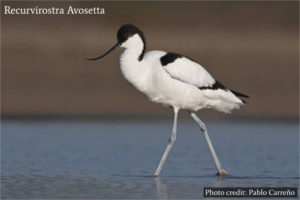
Yala is one of the 70 Important Bird Areas (IBAs) in Sri Lanka. 215 bird species have been identified within the park. About 90 of them are waterbirds. And half of the waterbirds are migratory birds.
Resident bird species - Black-necked stork (Ephippiorhynchus asiaticus), Yellow-wattled lapwing (Vanellus malabaricus), Red-wattled lapwing (Vanellus indicus), Great Stone Plover (Esacus recurvirostris), Lesser whistling duck (Dendrocygna javanica), , Indian Shag (Phalacrocorax fuscicollis), Grey Heron (Ardea cinerea), Black-headed ibis or White Ibis (Threskiornis melanocephalus), Spoonbill or Eurasian spoonbill (Platalea leucorodia), Openbill or Asian openbill (Anastomus oscitans), Painted Stork (Mycteria leucocephala), Spotted-billed Pelican (Pelecanus philippensis), Purple heron (Ardea purpurea), Night Heron (Nycticorax nycticorax), Purple swamphen or Purple Coot (Porphyrio [porphyrio] poliocephalusand), Orange-breasted green pigeon (Treron bicincta), Barred buttonquail or Bustard-Quail (Turnix suscitator), Indian peafowl ( Pavo cristatus), Black-winged stilt (some migratory) (Himantopus himantopus), Crested serpent eagle (Spilornis cheela), White-bellied sea eagle (Haliaeetus leucogaster) and Blue-tailed bee-eater (some migratory) (Merops philippinus).
Migratory birds - Pintail or Northern Pintail (Anas acuta), White-winged tern or White-winged Black Tern (Chlidonias leucopterus), Eurasian curlew (Numenius arquata), Whimbrel (Numenius phaeopus), Black-tailed Godwit (Limosa limosa), Ruddy turnstone or Turnstone (Arenaria interpres), Greater flamingo (Phoenicopterus roseus), Egrets (Ardeidae), Oriental darter (Anhinga melanogaster), Garganey (Anas querquedula), Marsh Sandpiper (Tringa stagnatilis) Lesser Sand Plover (Charadrius mongolus), Indian paradise flycatcher (Terpsiphone paradisi paradisi), European Golden Oriole (Oriolus oriolus) and Black stork (Ciconia nigra).
Endemic birds - Ceylon Grey Hornbill (Ocyceros gingalensis), Sri Lanka junglefowl (Gallus lafayetii), Sri Lanka wood pigeon (Columba torringtonii), Crimson-fronted barbet or Ceylon Small Barbet (Megalaima rubricapillus), Black-capped bulbul (Pycnonotus melanicterus) and Brown-capped babbler (Pellorneum fuscocapillus).
Mammals of Yala National Park
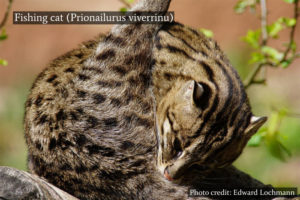
Yala National Park has recorded 44 species of mammals, including elephants, leopards, bears and fishing cats.
Sri Lankan elephant (Elephas maximus maximus) - The elephant herd of Yala contains 300–350 individuals. The total elephant population of Sri Lanka are about 2,500- 4,000. The average herd size of a Sri Lankan herd ranges from 12-20 individuals or more. The herd is led by the oldest female or matriarch. Sri Lankan elephant is an endemic species.
Sri Lankan leopard (Panthera pardus kotiya) - The leopard is a solitary, reclusive species of big cat. As of 2015, it was recorded that Sri Lanka hosts the highest densely living leopard population in a single patch in Yala. And the Sri Lankan Kotiya is also the least studied Panthera among world leopard populations. Sri Lankan kotiya is an endemic species.
The sloth bear (Melursus ursinus inornatus) - The sloth bear is a termite-eating specie found on the Indian subcontinent. And this bear is the island's only species of bear.
Endemic mammals - Toque macaque (Macaca sinica), Wild water buffalo (Bubalus Bubalis), Golden palm civet (Paradoxurus zeylonensis), ...
Engendered mammals - Red slender loris (Loris tardigradus), Fishing cat (Prionailurus viverrinu), ...
Other species of Yala National Park
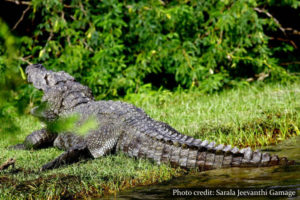
Reptile - The reptile fauna recorded from the park is 47 and six of them are endemic. Sri Lankan krait, Boulenger's keelback, Sri Lankan flying snake, painted-lip lizard, Wiegmann's agama, and Bahir's fan-throated lizard are the endemic species. The coastal line of the park is visited by the all five globally endangered sea turtles (leatherback turtle, olive ridley, loggerhead sea turtle, hawksbill turtle, and green turtle). The two breeding crocodile species of Sri Lanka mugger crocodile and saltwater crocodile inhabit the park.
Amphibian - There are 18 amphibians species that have been recorded from Yala while Bufo atukoralei and Adenomus kelaartii are endemic to Sri Lanka.
Fish - 21 fresh species were recorded in the lagoons water of Yala. Mozambique tilapia, Dawkinsia Filamentosa, Olive Barb, Pseudetroplus and Ceylon logsucker are the common fish species.
Invertebrate - Crabs and prawns and a variety of butterfly species are found within the park. Some of those species are the common bluebottle, common lime butterfly, crimson rose, common Jezebel, and common Mormon are the common species.
Sithulpawwa Temple
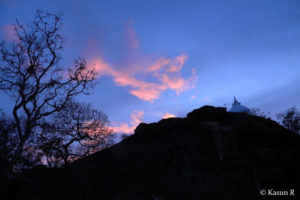
This temple is situated midst of the Yala sanctuary. Sithulpawwa Temple is an ancient Buddhist monastery built by King Kavantissa (140-100 BC).
The name Sithulpawwa is derived from the word 'Chiththala Pabbatha', which means the hill of the quiet mind.
Things you can see in the temple are ancient ruins of Buddha statues, ruins of Buddhist monastery, a large number of stupas, ancient rock inscriptions, and a cave temple with ancient paintings suspect to be belonged to 3 century BC. The main stupa has been built on the top of the rocky mountain.
You have to drive 28 km from Thissamaharama to Sithulpawwa temple. From pilgrimage town Katharagama it’s 17 km.


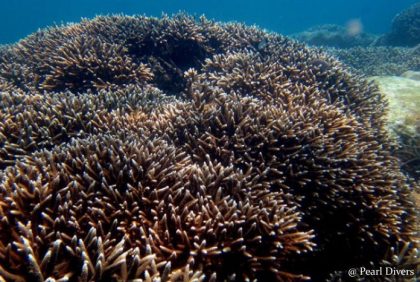
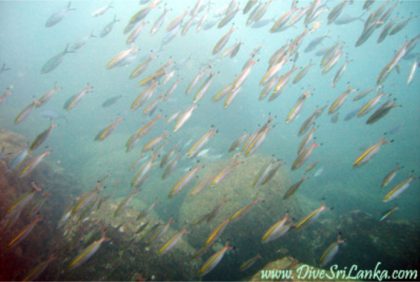
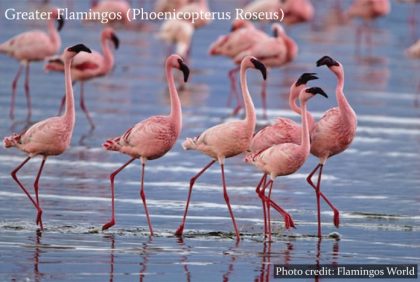
Reviews
There are no reviews yet.